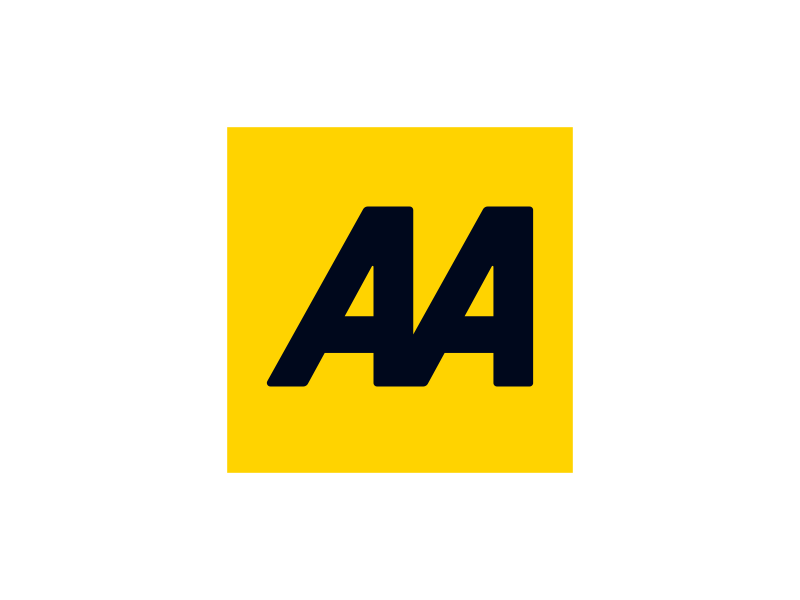By Tom Rowlands, managing director, global EV solutions at GBFE exhibitor Fleetcor, including its UK brand Allstar
How have the latest developments and trends in EV / mobility space affected Allstar?
The latest trends highlight both the engagement that all forms of society have in the new electric future but also the questions raised with each new update. We know it’s a complex subject area that is constantly changing. Therefore, not only are we developing innovative solutions to help fleets on the road and at home to make the transition but also educating the market through every step of electric vehicle ownership and driving: from why, and when to make the change, to how electric cars and vans work, the way they’re charged, advantages, disadvantages, and myths around them that need to be busted.
The two working in tandem will truly help accelerate confidence and perception for this era of mobility.
What trends and challenges are customers reporting to you and where do you see the EV heading next?
All customers know that transitioning from EVs is more complex than replacing each of their ICE vehicles with an EV equivalent. They must adapt to new ways of working and make changes to the way they currently work. It’s also important to set the context that the 2030 cut-off for the sale of new petrol and diesel vehicles will be with us in less than seven years, which really isn’t far away. It will mark a major shift in the future of mobility for both individual motorists and professional fleets.
Price is a sticking point for any investment – with the impending 2030 deadline businesses know that electrification is a necessity, but the barriers are typically not knowing where to start, investment in the vehicles changes and then the charging conundrum. This is also in the context of where the country is economically, with purse strings squeezed.
There are also a lot of myths in the media about cost of ownership and we’ve been working hard to not only enhance our solutions for businesses making the transition but also help educate the market on charging options, as well as debunking the ownership and investment myths. I’d argue that driving an EV is still significantly less expensive than using an ICE vehicle. Additionally, it’s the future of motoring and something we’ll all need to make the shift to. However, I must qualify that driving an EV is clearly different to what we’re used to with petrol or diesel vehicles. There is a mindset shift we all need to make, including working out mileage and charging requirements before setting off on a journey as this will minimise the need to stop.
What should the Chancellor focus on in the Autumn Statement?
Firstly, there is already so much that has been achieved but of course more can be done. The Government plays an essential role and has already made huge financial investment to help fleets to electrify to support the rollout of EVs. The Local Electric Vehicle Infrastructure fund, worth £381m, is available to local authorities in England so they can plan and deliver chargepoint infrastructure for residents without off-street parking. Alongside this, it has said there is a further £15m for the On-Street Residential Chargepoint Scheme which is intended to help with the funding, alongside private sector investment, to install tens of thousands of new chargers across the country.
Then there are also schemes that businesses can run with their own employees. For example, an EV salary sacrifice is a scheme that lets employees pay for an electric car each month from their gross salary – that’s before tax and other contributions are deducted. It’s the same as other salary sacrifice schemes, such as childcare, cycle to work schemes, or pension contributions.
This trickledown effect – starting from government, to authorities, to businesses – will be key in uniting everyone to full electrification, but of course more incentives in an autumn budget will help drive further adoption.
What is your future focus?
Our focus is unwavering in exploring ways of supporting businesses across the UK as they migrate to EVs. As mentioned, we have smart and innovative solutions for on the road charging and home charging that handle all drivers’ fuel and charging needs.
We’ll continue to expand our EV network with fast and ultra-fast charge points, as well as the locations across the whole of the UK and utilise our network of partners to bring our existing solutions to more businesses, as well as create more solutions.
The exciting part is that EV is still relatively in its infancy, so the possibilities are endless and infinite. The goal is to make EV charging, as well as the operation of an EV fleet up to par with current ICE vehicles fleets.
Where are the challenges for UK charging infrastructure and what does Allstar think should happen?
Global sales of EVs are set to surge to yet another record this year, according to the IEA, with sales expected to grow by another 35% from 2022. Latest SMMT figures show the number of fully electric cars registered for the first seven months of 2023 in the UK was 16.1% higher than for the same period in 2022.
As this uptake of EVs in the UK rapidly increases, it is vital that charging infrastructure and payment solutions continue to keep pace with the growing demand to enable drivers to tap and charge with ease and get back on the road.
We take our role in this very seriously. When we added our latest partner to our EV network it took the total number of charge points accessible through the Allstar network to over 12,000 at more than 4,000 locations across the UK, of which 92% of chargers are fast, rapid, and ultra-rapid.
By growing the infrastructure and then enabling drivers to easily find and pay for their charging sessions, it will really help further the transition.
What do the Public Charge Point Regulations mean for EV users? And for Allstar?
As an industry, we’ve made great strides in dispelling myths around EVs that includes price, reducing range anxiety and public charging anxiety.
I believe the draft legislation that the UK Government released in July – the Public Charge Point Regulations 2023 – has the potential to propel the transition to EVs for many businesses, as it improves interoperability and networks opening up, as well as much of the general public, especially as we move ever closer to the 2030 deadline of when sales of new petrol and diesel vehicles will end.
Is there a future for wireless charging for EVs?
I believe there is certainly potential for wireless charging. It could offer many advantages over wired charging but the key question is when. We might very well see the start of the first EVs with wireless charging on the market soon, given that major companies such as Volvo and Genesis are trialling the technology. However, that’s the future and there’s still work on the now.
Companies across the UK are at very different stages of their fleet transition. Clearly the benefits of EVs are so extensive that there is every reason to transition now particularly as technology and infrastructure are already rapidly improving in the run-up to the 2030 cut-off for the sale of new petrol and diesel vehicles, and beyond.
My advice to all business stakeholders is to stay on top of developments so they can react quickly to changing scenarios in mobility and make informed decisions during the transition.
Where do you see EV charging prices heading?
Back in June Ofgem announced the Energy Price Cap level will be reduced from July due to lower gas and electricity prices. This has been updated again with households set to see another fall in their energy bills from 1 October after a drop in the price cap. A typical household currently pays £2,074 a year on its gas and electricity bill. That will now fall to £1,923 between October and December.
The first price cap created a lot of questions from customers around whether their drivers’ bills to charge their EVs were going to drop. The answer is yes. The unit cost for electricity is lower. At the start of 2023, the Energy Price Guarantee limited the unit costs of electricity to 33p, but now the cap has dropped below to 30p. That means bills for EVs charged at home will start to drop a bit; the potential cost to charge a 60kWh battery would fall from £19.80 to £18, for example.
The current general price trend is a positive one, but it remains to be seen if prices will drop further still into next year. This is where home charging solutions have their clear benefits, as it allows fleets to keep a close eye on the cost of charging their fleets at home, and pay for it simply, too.











































